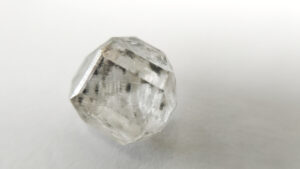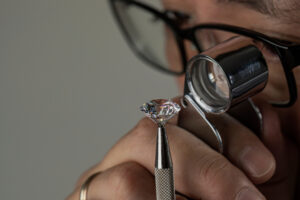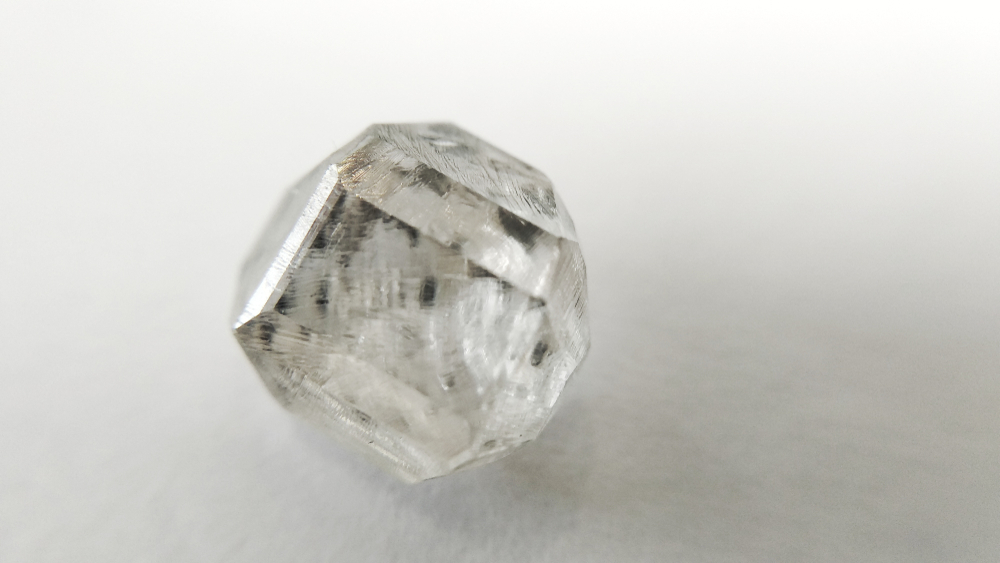
Artificial diamonds, also known as lab-grown or synthetic diamonds, have gained significant attention in recent years as a more sustainable alternative to natural diamonds. With growing concerns about environmental impact, many individuals are curious to know if artificial diamonds are truly environment-friendly.
The Environmental Footprint
When it comes to evaluating the environmental impact, artificial diamonds have a distinct advantage over natural diamonds. The mining of natural diamonds involves significant land disturbance, habitat destruction, and the release of greenhouse gases. In contrast, the production of artificial diamonds in labs requires a controlled environment, using significantly fewer resources and emitting fewer carbon emissions. Artificial diamond production eliminates the need for extensive mining operations, reducing the negative ecological consequences associated with traditional diamond extraction. This positive shift can help preserve fragile ecosystems, prevent deforestation, and protect wildlife habitats, contributing to the conservation of our planet.
Energy Consumption And Carbon Footprint
One key consideration in assessing the environmental friendliness of artificial diamonds is the energy consumption and carbon footprint associated with their production. Creating synthetic diamonds does require energy, as high temperatures and pressure are applied to facilitate the growth process. However, advancements in technology have significantly reduced energy requirements, making the production process more efficient and environmentally sustainable. Furthermore, the energy used in creating artificial diamonds can be sourced from renewable and clean energy systems, such as solar or wind power.
Recycling And Circular Economy
Another aspect that highlights the sustainability of artificial diamonds is their potential for recycling. These lab-grown gems can be easily reintroduced into the supply chain, allowing for a circular economy approach. Through recycling, artificial diamonds can be repurposed and reused in various applications, minimizing waste and reducing the need for continuous diamond production.
The Verdict

Taking into account the reduced environmental impact, lower carbon footprint, and the potential for recycling, artificial diamonds indeed hold great promise as a more sustainable option compared to their natural counterparts. However, it is essential to note that the environmental friendliness of artificial diamonds can vary depending on the production methods and the energy sources used by individual manufacturers. To ensure the highest level of sustainability, consumers interested in artificial diamonds should seek out companies that prioritize renewable energy sources, ethical practices, and transparent supply chains. By supporting responsible producers, individuals can contribute to the growth of a sustainable diamond industry.
In conclusion, artificial diamonds offer a greener and more environmentally conscious alternative to natural diamonds. Their production methods reduce the ecological impact associated with traditional diamond mining, while advancements in technology continue to make the process more energy-efficient. With recycling possibilities and the potential for a circular economy, artificial diamonds pave the way for a more sustainable and responsible future in the realm of sparkling gemstones.
